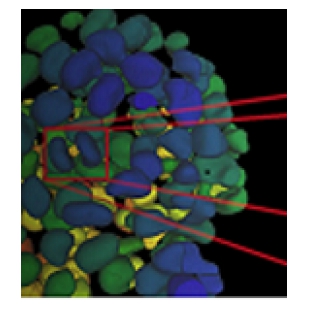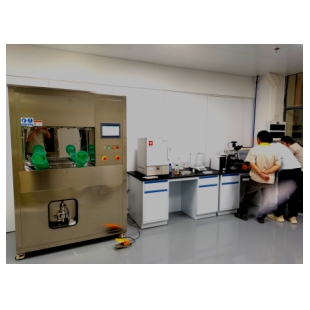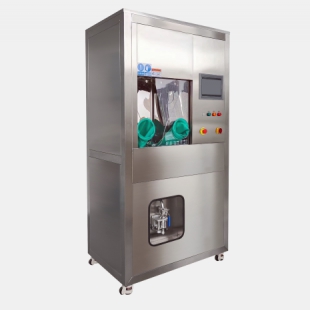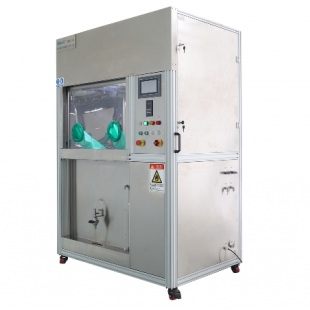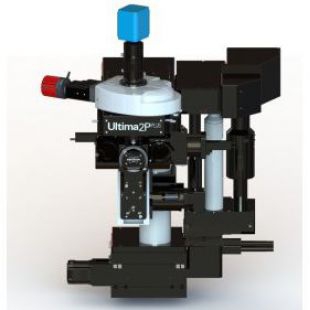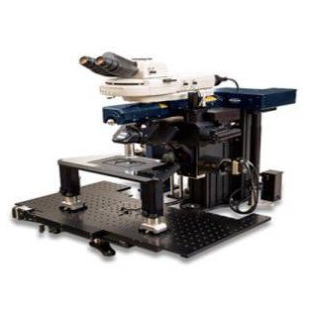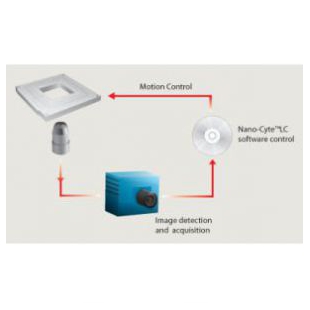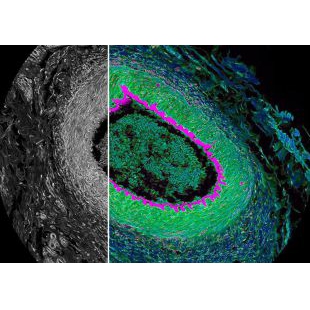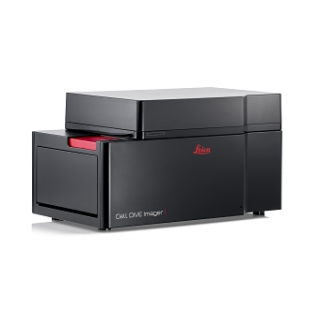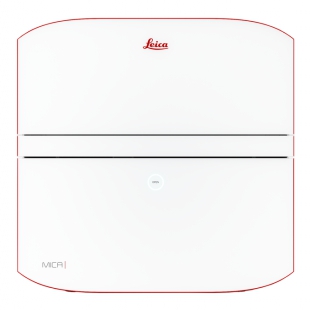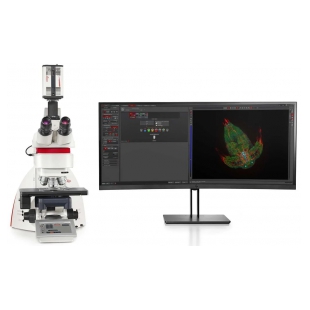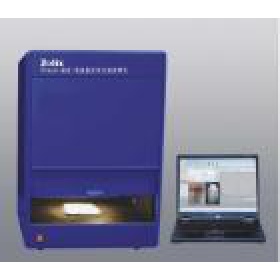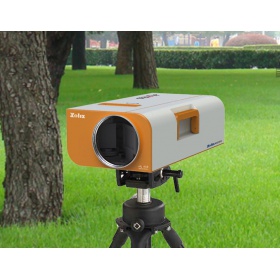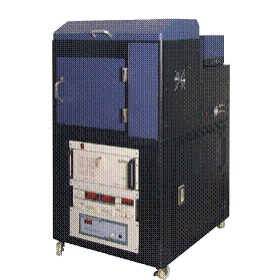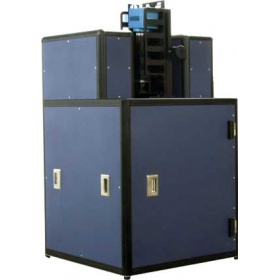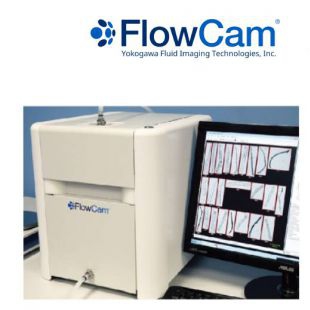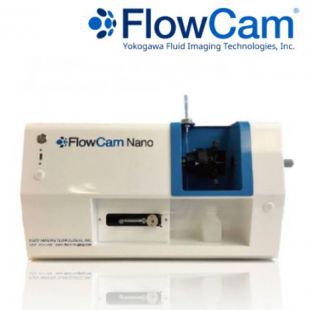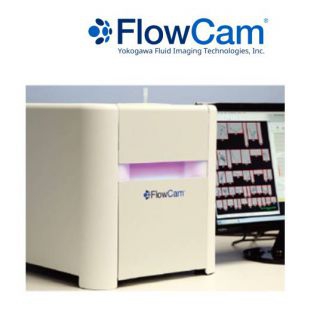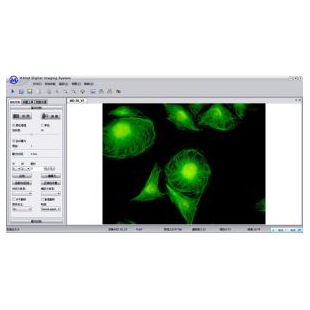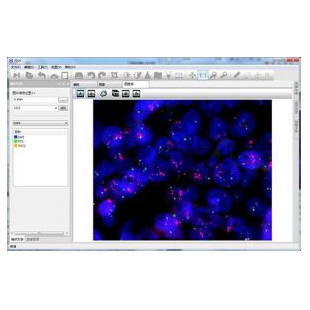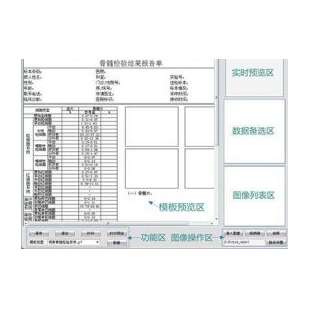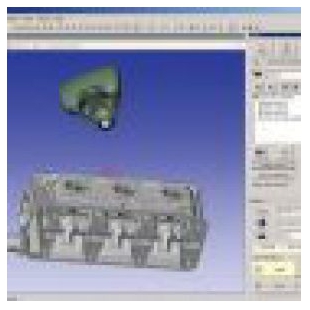-
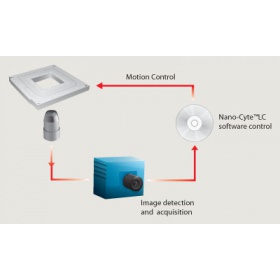
-
MCL单分子成像Nano-Cyte®

- 品牌:美国MCL Think Nano
- 型号: Nano-Cyte®
- 产地:美国
- 供应商报价: 面议
-
北京欧兰科技发展有限公司
 更新时间:2022-03-04 17:31:39
更新时间:2022-03-04 17:31:39 -
企业性质
入驻年限第4年
营业执照
- 同类产品单分子显微镜(2件)
-
为您推荐
- 详细介绍
?

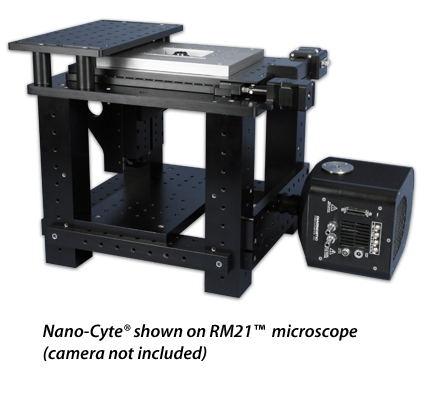

3D stability for imaging
US Patent Number 9,019,363  What is Nano-Cyte?
What is Nano-Cyte?Features3D stabilization up to 3 nanometersActive positional control over daysCorrects for temperature gradients and driftSimultaneous image acquisition and stabilizationParticle localization analysisParticle position renderingThe Nano-Cyte single molecule imaging system eliminates the microscope drift that limits advanced fluorescence imaging methods. With Nano-Cyte you no longer need to be concerned with temperature gradients, sample drift, and microscope drift. Unprecedented stability in the nanometer regime allows long term experiments as never before.
The Nano-Cyte works by using the image of fluorescent fiduciary references, sparsely distributed within the sample, to localize these emitters in all three dimensions. The Nano-Cyte uses this 3D localization information to provide active position adjustments to the sample, thus eliminating drift in the experiment.
Nano-Cyte is the complete stabilization and image acquisition instrument for advanced fluorescence microscopy. Our integrated approach to 3D stabilization yields image stability up to 3nm in X,Y and Z axes. Nano-Cyte has proven stability over days and is a unique offering that promises to revolutionize advanced microscopy methods. Hardware
Hardware
The Nano-Cyte is comprised of a high performance three axis nanopositioning system coupled with a two axis motorized micropositioning stage. These precision motion capabilities enable the active positional control and particle tracking features of the Nano-Cyte. The nanopositioner is a flexure guided piezoactuated design with integrated PicoQ sensorsfor absolute position sensing and nanometer precision under closed loop control. The micropositioning stage enables the user to have a large range of travel for surveying samples prior to engaging the active stabilization. All motion devices are controlled by the Nano-Cyte controller via USB 2.0 interface.
The Nano-Cyte hardware is compatible with Mad City Labs RM21 open microscopy platform and most models of inverted optical microscopes. Method
MethodVideo: Nano-Cyte: 3D Image Stabilization SystemThe Nano-Cyte feedback control system. Stabilization is based on the imaging pathway.  Software
Software
The native Nano-Cyte software performs 6 important functions:Stabilization
Image acquisition
Device control
Particle localization analysis
Rendering of particle position
Tracking over multiple fields-of-view (FOV)
The Nano-Cyte 3D stabilization occurs simultaneously with image acquistiion and incorporates reference selection, reference localization, and calibration statistics. Acquired images are saved in TIFF format and can be exported to ImageJ and other 3rd party software for post-acquisition processing.
Nano-Cyte device control ensures precision motion control and the ability to incorporate a variety of external user devices such as EMCCD cameras, shutters and light sources. Compatibility with LabVIEW and μManager facilitates even greater user device control and flexibility.
Post-acquisition features of Nano-Cyte enable the localization of particles within an image and the three dimensional rendering of particle positions.
Nano-Cyte is compatible with LabVIEW, μManager, ImageJVI and rapidSTORM. In addition, Nano-Cyte has an exportable DLL to allow wider functionality with 3rd party software platforms. Stability Data
Stability DataNanometer Stability over Days
Stability data measured over 44 hours for the Z-axis. The red line indicates the measured drift. The blue line indicates the stabilized position when using Nano-Cyte. Similar results were observed simultaneously for the X and Y-axis. These data below demonstrate the efficacy of the Nano-Cyte under non-monotonic drift conditions.--> Effective Stability Using Nano-Cyte
The Nano-Cyte data below shows position changes performed on the z-axis over a period 1 hour. Similar results were observed simultaneously for the X and Y-axis. These data demonstrate that the Nano-Cyte effective stability is 3nm. Nano-Cyte Specifications
Nano-Cyte SpecificationsStability (X, Y, Z-Axis)3 nmDrift rate compensation (typical)10 nm/secStabilization rate (typical)1 frame/secMaximum data acquisition rateCamera dependentNanopositioning range of motion200 μm × 200 μm × 200 μmPosition noise (total)0.4 nmStep size3 nmMicropositioning range of motion25 mm x 25 mmEncoder resolution20 nmMinimum step size95 nmControllerNano-CyteCommunicationUSB 2.0TTL outputs4 channelsOutput image formatTIFFSoftwareNano-CyteSoftware compatibilityLabVIEWμManagerImageJ & ImageJVIExportable DLLRapidSTORMMicroscope compatibilityNikon Ti, TE SeriesZeiss Axio SeriesOlympus IX SeriesRM21Supported EMCCD Camera typesAndorPhotometricsHamamatsuPower supply90-260 VAC (50/60Hz)Operating systemWindows Vista/7/8
Additional Information
Nano-Cyte Brochure 
Nano-Cyte Video Technical notes about sample preparation and applications are available by request. Related Products
Nano-Cyte Video

RM21 Microscope Platform
C-Focus
Nano-LPS Series
MicroStage Series
Nanopositioning Accessories
- 技术资料
-



